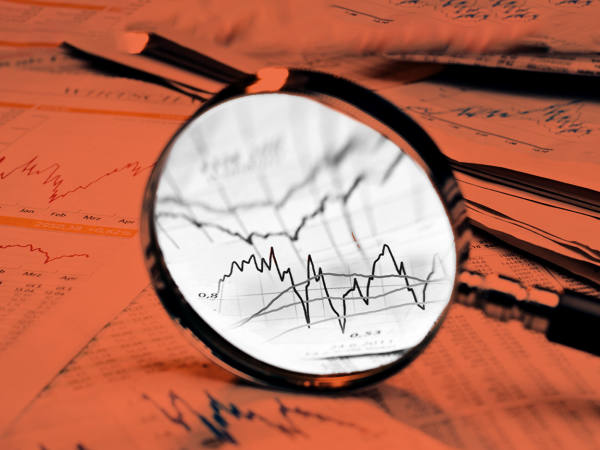How’s your portfolio looking on a three-year view? Total returns from both the FTSE 100 and MSCI World indices sit at 35 per cent, while iShares’ Core Global Aggregate Bond fund (AGGG) is down 15 per cent. A market-hugging 60/40 portfolio would therefore have hoped to be up 15 per cent overall.
Then again, it’s doubtful this is the time window you’ve been focusing on recently.
Cast your mind back. Three years ago, markets were still surfing a colossal surge in central bank liquidity and pandemic-targeted state largesse. That was before a series of positive data from Covid-19 vaccine trials and a renewed flock to tech stocks ushered in months of equity market euphoria.
Narrow the window to two years, and returns are probably shakier. Cumulative global stock returns have fallen to around 7 per cent, while most of those bond losses have landed since the start of 2022. As such, the performance of a typical 60/40 portfolio is likely to have been flat, or negative.
And yet the three-year window is routinely trotted out in fund marketing literature. By using it – perhaps especially in 2023 – we consciously anchor our future expectations to a unique and unrepeatable reference point. Why, then, do we persist with this backward-looking snapshot?
The obvious answer is that data can only and ever refer to the past. And no matter how much we are warned that the past is “no guide to future returns”, the cognitive dissonance of seeing this boilerplate next to annual performance records is hard to handle.
“It’s impossible to really understand a fund’s performance by just looking at one data point,” notes Annabel Brodie-Smith, communications director at the Association of Investment Companies. “One-year performance data shows how a fund is performing in recent market and economic conditions, but it doesn’t help investors understand how a manager will cope with new market and economic challenges.”
Might longer time frames provide greater insight? If there is one lesson from the world’s greatest investors, it is that time really does separate the wheat from the chaff. Just 6.6 per cent of US equity funds outperformed the market in the 15 years to 2022, according to S&P Dow Jones – a trend that is both mirrored elsewhere and instructional for assessing the claims and merits of active managers.
Even then, it’s not always clear what a lengthy time span tells us about performance. After all, funds can increase in value by 140 per cent over a decade by compounding steadily at 9.1 per cent every year, or by compounding at 2 per cent in nine out of 10 years and doubling in one.
Looking at a fund or asset’s Sharpe ratio (how much volatility must be stomached for every unit of reward relative to a ‘risk-free’ rate) or its Treynor ratio (which uses market volatility as the point of comparison) can offer a bit more clarity. But any measure of risk-adjusted returns needs a timeframe, which takes us back to square one.
Consider how Morningstar ranks funds. Assuming the historic data exists, the ratings group combines 10-, five- and three-year records, weighting each window by 50, 30 and 20 per cent, respectively. Although this appears to emphasise the long term, it skews heavily to the most recent three years (which are triple counted) while only factoring the first five of a 10-year performance into a quarter of the overall score. The recent past is therefore offered up as the closest parallel to the near future.
Passive funds are big-picture bets. Active funds are usually small-picture bets on the ability of one or two people to outperform the market. The fact that the decision to invest in either is often informed by what's just happened is understandable. Recency bias, as it's otherwise known. Ultimately, however, what you think the future will hold should carry the greatest weight – even if we lack data for it.











